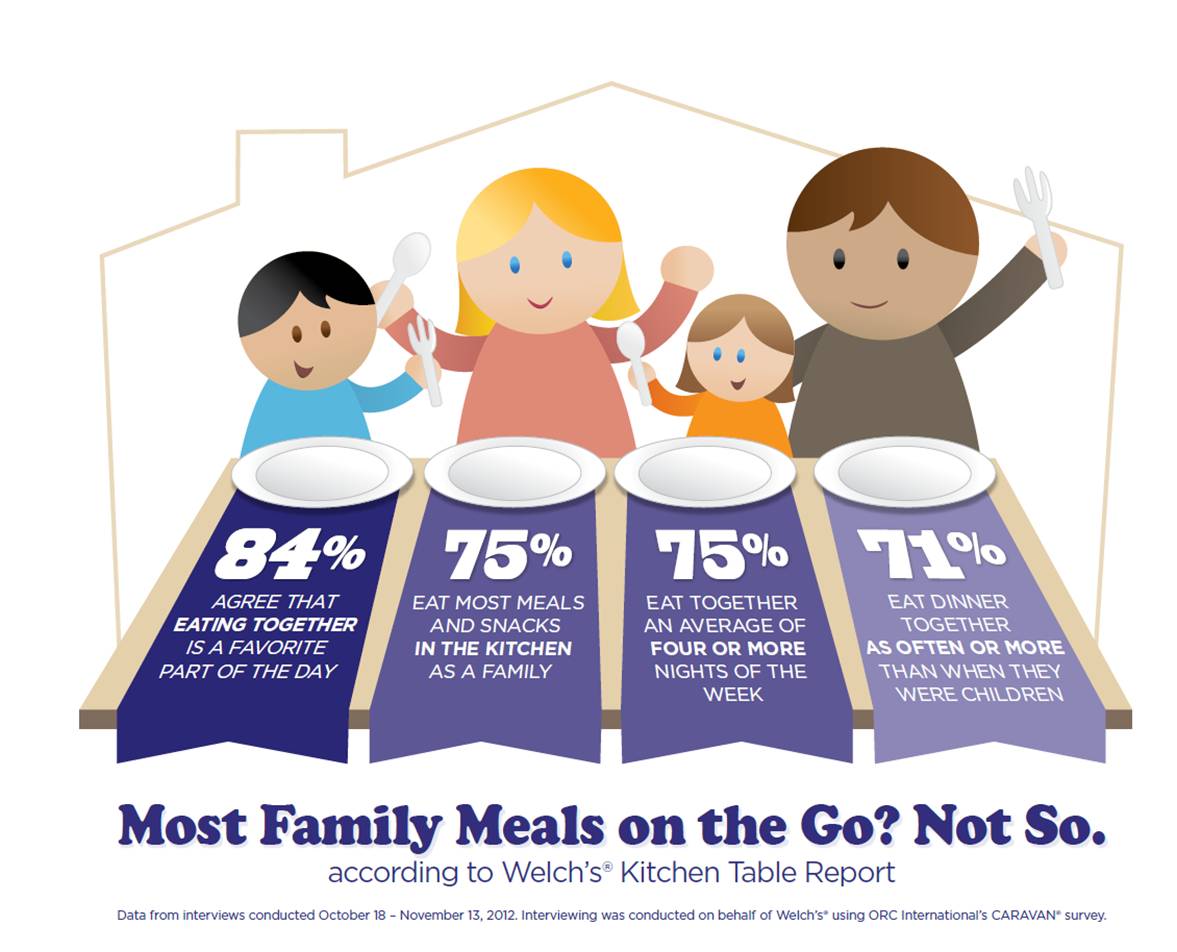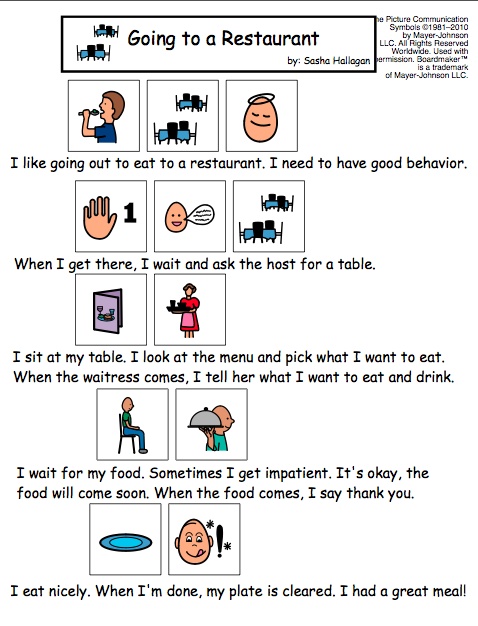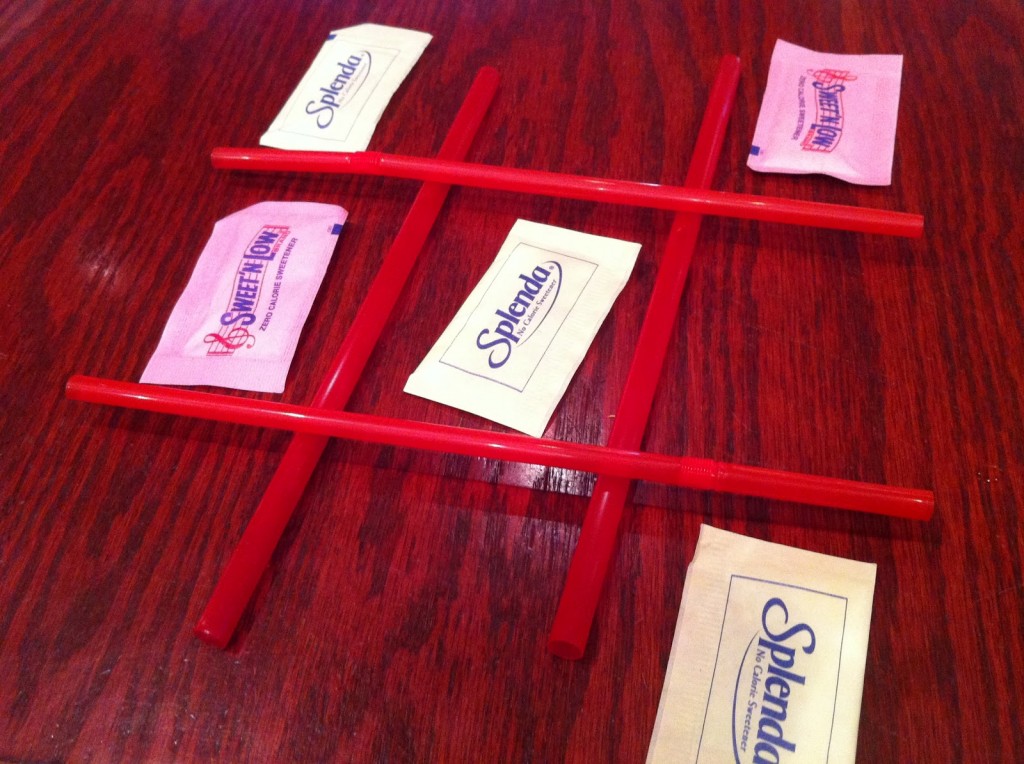Encouraging Well Behaved Kids at the Table: Tricks and Tips From the Speech Therapist
After Monday’s post on temper tantrums in preschoolers, I thought it only fitting to share some tricks and tips in speech therapy that encourage good behavior. You may have seen the recent headline, “restaurant gives discount for well-behaved kids,” where the King family from Kingston, Washington received a $4 discount on their dining bill for having well-behaved kids. While the King family says they were just, “being themselves” at the restaurant, many parents of children with special needs struggle with good and appropriate behavior in public settings.
Children with special needs and communication impairments may have specific challenges in new places, especially restaurants because:
-It’s too noisy and over stimulating
–They might be picky eaters or don’t like the food options
-They don’t have the words to communicate about what they want to eat
-They are bored easily
-They do not understand the social rules about being in a restaurant
Participation in a restaurant is not too different than speech therapy: children must follow the established rules, sit at the table, wait for their turn to order, stay seated and engage in conversation – with a little coloring too. Here’s some tricks using techniques similar to those used in speech therapy that you might find helpful for encouraging good behavior:
Set Expectations Beforehand
Just like watching a movie trailer and getting a sneak peak, we all benefit from previews. They help us know what is to come and how we should prepare ourselves. For children, entering a new place specifically can be difficult because they don’t know the rules, the people there, may be easily distracted by new things, and can get easily bored. To help your child, discuss the situation beforehand and the behavior you expect. Be clear and concrete in your explanation and lay out the guidelines step-by-step. At a restaurant you might Use social stories to help children understand the emotions of the characters below:
Make a List of Events
If your child benefits from more structure, create a schedule by listing all the activities that will happen. Checking off each event can help show the child what is left and what’s to come.
Occupy, Occupy, Occupy
Restaurants involve a lot of wait-time. Waiting to sit, to order, to get the food, for everyone to finish and to pay the bill. This can be especially difficult for children who are easily bored and feel the need to fidget. Be proactive in bringing coloring, books or other items that can be helpful during those times of endless waiting.
Prepare for Communication Ahead of Time
If your child has a communication impairment (apraxia, autism, a stutter/dysfluency, down syndrome, developmental delays, articulation disorder) that might hurt their ability to order independently, or they are self conscious of doing so, make a plan beforehand. This is a great opportunity for encouraging independent communication. They must express their wants (food order) and answer questions about the order (fries? What would you like to drink?) Children that use AAC (pictures, or voice output devices) should have their order programmed and ready to go when it’s their turn with the waitress. Children with articulation or other impairments should show you their order on the menu first and practice saying it aloud before the waitress comes.
Depending on your child’s communication challenge, this might be a good opportunity to practice their speech techniques! They might need to say it slower, louder or tap out each syllable as they say it. If it is too difficult to say the name of the food, encourage them to point to the picture when it is their turn so they can still feel independent and show the server themselves. Model expanded sentences for your child (instead of “fries” model, “I’d like fries, please”) to encourage more language.
Create Engaging Activities at the Table
While waiting, engage your child in games and conversation that the whole family can enjoy (without being too distracting, of course). Sitting face to face with your child at the table is a great opportunity to get their attention and involve them in turn taking with games or conversation.
Talk about What’s on the Menu – take this time to talk to your kids about healthy foods on the menu and all the ingredients. This builds vocabulary and concept knowledge. Categorize the foods as fruits, veggies, meats or grains.
Play Tic Tac Toe – Arranging straws and sugar packets in this easy and kid friendly game. Use sets of two different color sugar packets as the markers for each team or player.
Play I-Spy – Take turns describing what you see around you or on the menu giving descriptive clues (“I spy with my little eye… something with ketchup.”)
Make Modifications for Sensory Needs
Knowing your child’s sensory needs can help make them comfortable and compliant in new spaces. If the room might be noisy, consider noise-cancelling headphones or having them listen to music. Bring a fidget toy they can specifically use to occupy themselves so they don’t play with the tableware as well.






